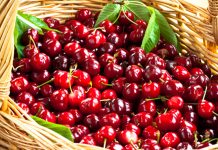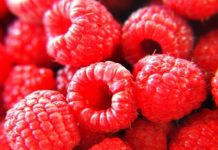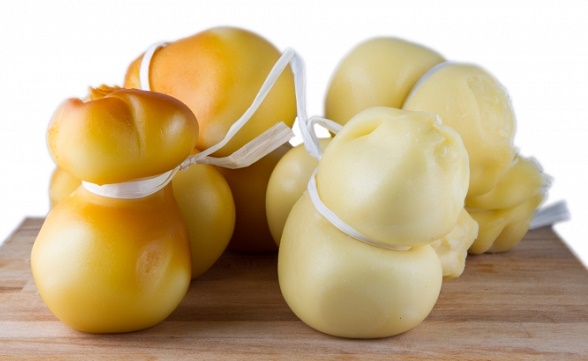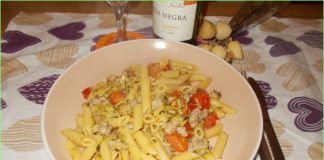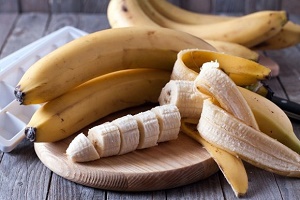
The Banana history
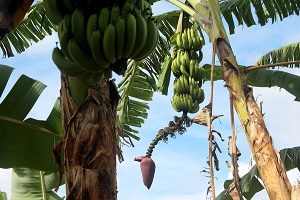
The banana is the fruit of the banana tree, a pseudo-tree of the family of Musaceae, with the scientific name of Musa, which typically weighs between 120 and 200 grams. Bears fruit in clusters, the famous “bunch”, and the soft pulp accounts for 80% of the fruit with the remaining consisting of peel can also be eaten cooked. There are many varieties but the one marketed are basically only two: the Musa acuminata and Musa balbisiana.
Banana production are also included Plane trees, the fruit not yet ripe banana that in the Caribbean are classic dishes, fried and eaten with rice or otherwise in savory dishes. It is still the same fruit, and their name is derived exclusively from the Spanish phrase. Generally in Italian keeps the difference of the name to indicate the different state of maturation and, in the kitchen, of the fruit consumption. The banana tree requires warm and tropical environments. That’s why in Italy, its cultivation is practically limited to the Sicily boasting its cultivars.
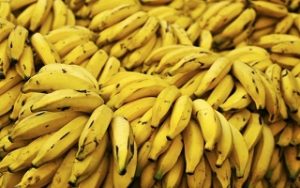
The banana tree is native to tropical East Asia where it appears in prehistoric times. In its native environment there are still some wild varieties while the archeology brought to light traces of its consumption since the fifth millennium BC, Malaysia, the Philippines, New Guinea and Indonesia. In New Guinea, where perhaps was already consumed in the eighth millennium BC, they were traced the first signs of domestication. Other historical references are found in Buddhist texts dating from the sixth century BC and Alexander the Great knew the fruit during his Indian campaigns.
The introduction to the west began with the Arab domination in the Middle East and Palestine, where they arrived around the seventh century AD. With the discovery of America, the banana tree was introduced by the Portuguese in the Caribbean islands, where today they find their most important cultivation center.
The banana in nutrition
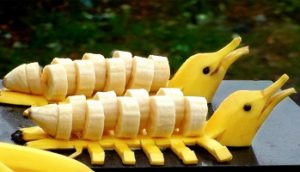
The banana is usually consumed as fresh fruit, but in India the flowers are both cooked and also eaten raw or dried bananas. Of course there is also the use of the manufacturing industry that uses the fruit for jams and juices. The latter have only recently been initiated into production because its extraction is rather difficult and only in 2004 is a technique patented. In Central Africa, with bananas you also get an alcoholic drink, that is called by the locals Kasiksi, while in Canada the leaves fight irritations such as those due to ivy. Always in Central Africa, the leaves, thanks to their large size and impermeability, are used both for shelter from the rain that for the preservation of foods wrapped in them.
The peel has healing properties as well as for irritation even for psoriasis. A final use of the peel is like shoe polish. The banana trade is very intense, and these fruits have a high consumption of the world’s population even if the exploitation of farmers that receive very few profits, aroused numerous protests by the associations in defense of human rights. Some central American countries base a large part of their GDP on this trade but the population can not benefit of the economic profits, and hence the term banana republic, indicating those governments more attentive to the needs of the multinationals. The world banana production is around 70 million tons. 23% is produced by India and then by the Central American countries, with Ecuador as the largest exporter with 30%.
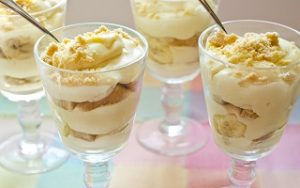
Characteristics and cultivation
The banana is a herbaceous plant resembling a tree as it has a very robust stem reaches heights of 7 meters. It is also the largest of its kind able to flourish. Its stem, often mistaken for a trunk, comes from a bulb-tuber and dies after the appearance of the fruit. Each plant produces a single bunch of bananas.
The cultivation environment has a great influence on the taste of the fruits, in particular the temperature that is high when develop more sweet fruits. If ventilated, the fruit will become more acids or unripe, as well as when exposed to temperatures not too hot. Maturation takes place in spring / summer and continues even after harvesting.
The fruits also contain a slight radioactivity due to the much potassium. Their skins are often used, always thanks to the very potassium content, as fertilizers in the soil. In very favorable conditions, such as the Caribbean, fruiting occurs year-round. Today the marketed cultivars have no seeds and propagation is by division of bulbs. This has disrupted the natural genetic selection making very vulnerable banana to diseases and viruses. The fruits are constituted by 75% of water, 23% carbohydrates and then proteins, fat and fiber, while there are also many vitamins.

